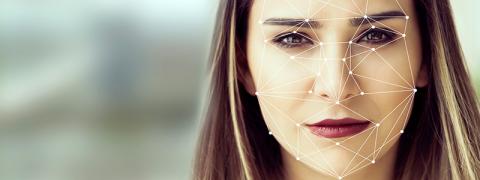How To Avoid Facial Recognition
You are here

By Nsanzimana Gilbert June 19, 2019
How you can Avoid facial recognition Online
1. Disable Facial Recognition on Facebook
Below is a hint on how to do it;
To disable the feature, go to the Facebook website or app and head to Settings. Then check the left-hand menu, where you should find Face recognition just under Languages. In this menu, click on Edit. From the option Do you want Facebook to be able to recognize you in photos and videos select No from the drop-down menu, then hit Close. This should save your settings and prevent people from tagging you.
2. Use FaceShield When Uploading Photos
You might still want to share photos online, but not to have them visible to facial recognition software. In that case, you can use the FaceShield tool.
FaceShield is a filter that you apply to your photos before you upload them to a website.
It makes only minor changes to the photo to the human eye, but the developers say that it makes faces less visible to facial recognition software. It is currently only available as an online tool, but an app is planned for launch soon.
This will help protect your images from some kinds of facial recognition software, but not all of them.
It works on software which has been trained on publicly accessible data sets, like those sold to various security companies. But it won’t work for companies like Facebook which use their own proprietary software.
Still, it’s a useful tool to have to somewhat mitigate how visible your photos are to facial recognition.
How to Avoid Facial recognition in Person
Techniques for fooling FR (Facial Recognition) can be roughly divided into two categories: occlusion or confusion.
3. Occlusion
Occlusion techniques work by physically hiding facial features so the camera simply can’t see them. How successful these methods are will depend on which bits of your face are hidden and how well hidden they are.
Researchers have found that by using a deep learning framework trained on 14 key facial points, they were able to accurately identify partially-occluded faces most of the time. This includes wearing glasses, scarves, hats or fake beards.
4. Confusion/ Confounding the computer
If you’re attacking the facial detection stage, you could try and break up the lines of your face to try and stop it from being detected by the system in the first places,” Ryan says.
This is the idea behind CV Dazzle, which uses extreme makeup and hairstyles to bewilder computer vision systems.
This technique (and other forms of extreme makeup, like Juggalo makeup) confuse computer vision systems by playing with light and darkness in a way which makes a face look – to a computer – like it’s not a face.

Read more from:
https://us.norton.com/internetsecurity-iot-how-facial-recognition-software-works.html
https://projectkovr.com/designs.html
https://www.wired.co.uk/article/avoid-facial-recognition-software
